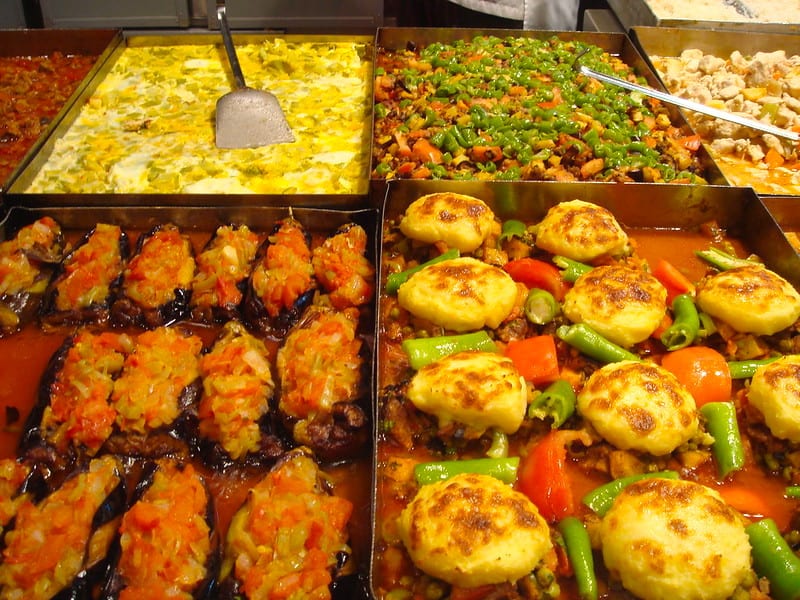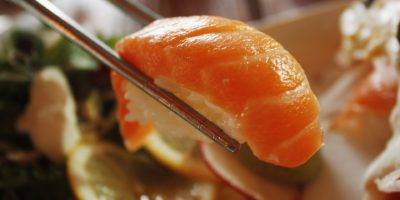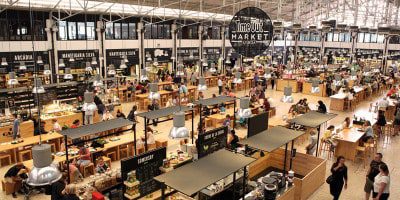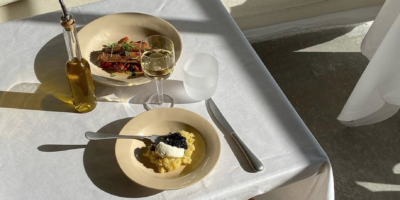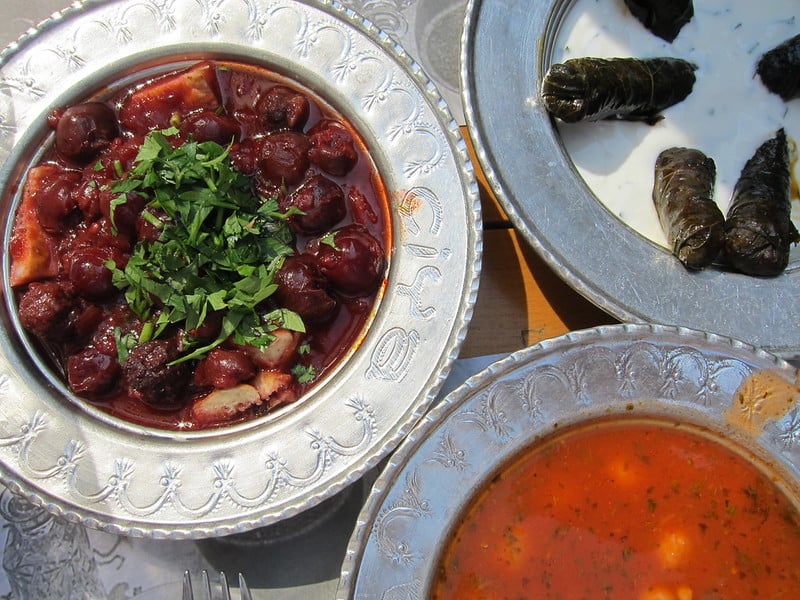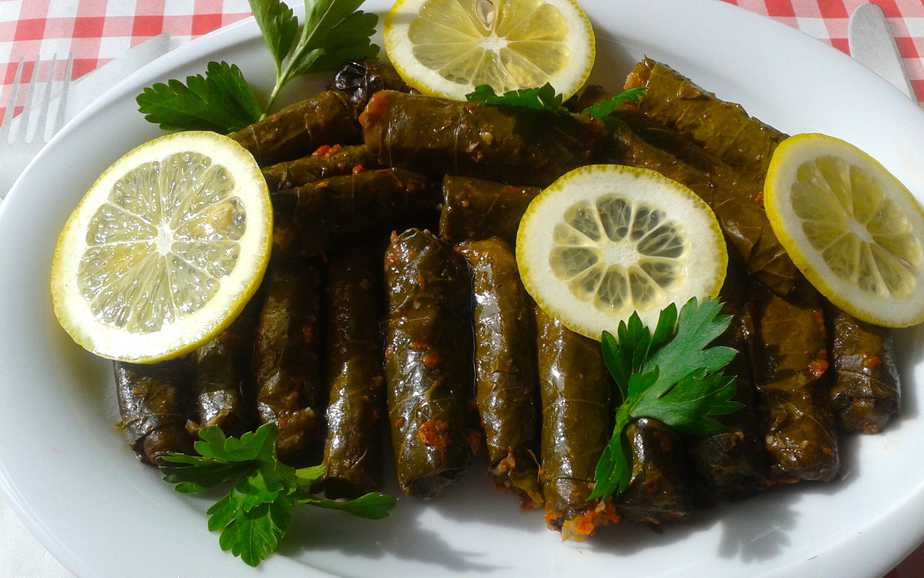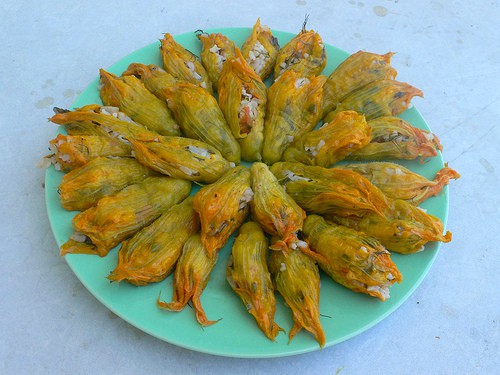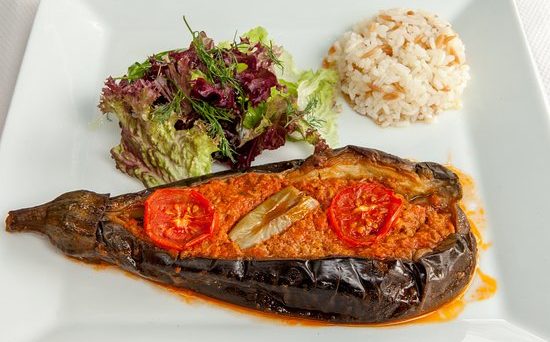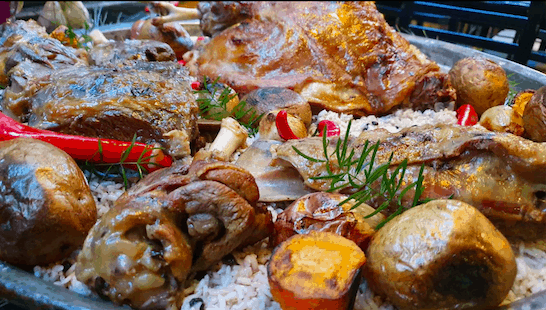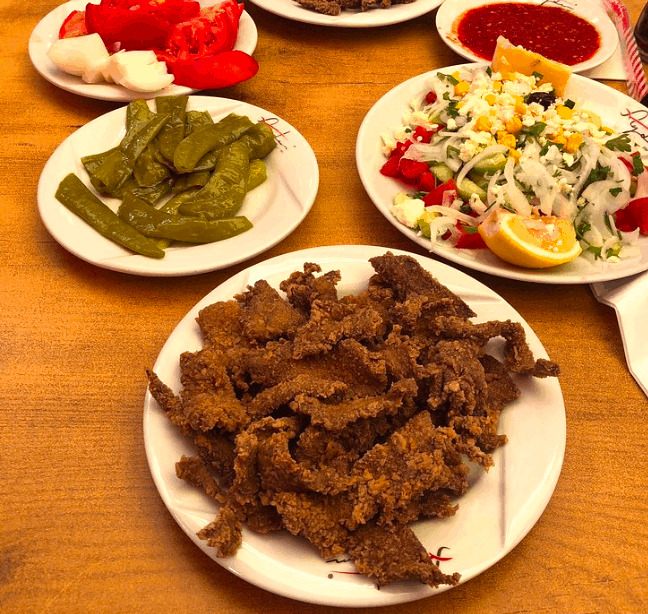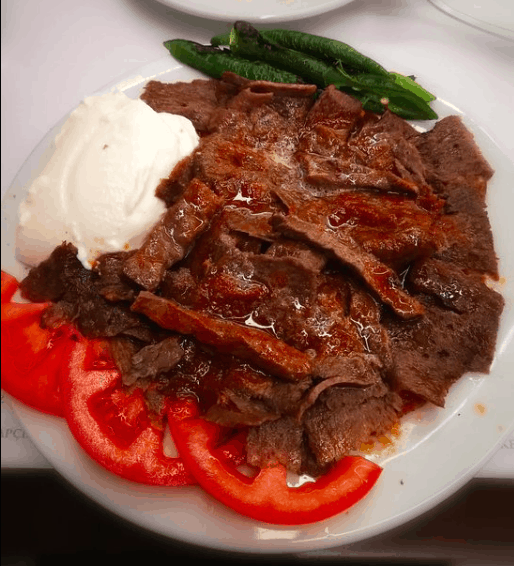Turkish Cuisine: Top 10 Turkish Food You Should Try
A mix of Central Asian, Middle Eastern, Anatolian, Caucasian and Mediterranean influences are evident in the cuisine of Turkey. As the nomadic Turks moved from the Far East to the Mediterranean, food was exchanged, shaped and influenced by the many people, cultures and empires they came in contact with. At its peak, the empire included the vast areas of the Mediterranean, the Balkans, the Middle East and North Africa.
As the capital of the Ottoman Empire, Istanbul became a melting pot for the cuisine. The Ottoman palace enjoyed around 1200 cooks alone and ingredients came in from all over the empire. The abundance of unique ingredients from all parts of the empire had a huge influence on the food.
Furthermore, with the abundance of fish from the coastal areas, spices from the east and the fertile Anatolian soil made wheat a part of the staple diet, for instance. The use of milk, yoghurt and thinly rolled bread called yufka and the use of a stone clay oven called tandir in Turkish. In the end, its legacy can be seen in the food available in the restaurants, homes and streets of the country.
Specialized food preparation in the palace, the development of food markets especially the still functioning Egyptian Spice Bazaar played important roles in providing fresh, unique ingredients. Moreover, street food, in turn, played an important role in city life, still popular in places such as Karaköy.

Typical Turkish ingredients in a food market in Istanbul, image sourced from Flickr
Regional Cuisine
Regional variations also signify the availability of local ingredients. Undoubtedly, the cultural exchanges with bordering countries such as Persia provide another rich layer to the cuisine. For example, in the Aegean and the Mediterranean region, the use of olive oil in almost all dishes, mastic gum for sweets and ice cream is common, with fewer spices used. In turn, the abundance of herbs, some unique to the region such as ‘cibes’, and abundant use of artichokes and olive oil add a distinct layer to the area’s cuisine. On the other hand, in central and eastern Anatolia, meat plays a big role in the diet together with the liberal use of spices such as sumac and hot chilli powder.
While staple dishes such as lentil and yoghurt-based soups are part and parcel of homemade food, vegetables and meat feature heavily as well. For instance, mezes are common as appetizers but can be full-meals as well. In fish and meat restaurants, a variety of appetizing meze can be ordered to accompany the main meal and the drinks.
When visiting Istanbul, be sure to visit the local restaurants called Lokanta serving simple homemade Turkish food. The food here is prepared fresh every day and exceptionally well by skilled chefs. The restaurants are frequented by people from all walks of life.
Desserts
Sweets and desserts prominent in Turkish cuisine have also been developed over time with cultural interactions with the neighbours. Today, baklava can be found in all countries that once were part of Ottoman lands and in the Middle East. Additionally, some desserts serve a ceremonial purpose while others are prepared for religious festivals such as Ramadan.
Pudding shops called muhallebici offer a range of desserts and sometimes seasonally so give them a try when you see one. In the end, there are a lot of dishes that deserve attention as the cuisine is so rich and varies regionally. Ultimately, to experience the cuisine, take a trip to Istanbul. Alternatively, give your local Turkish restaurant a chance and try some or all of the following dishes.
There is a long list of dishes you’ll find that’s not mentioned in the list below simply because there’s a lot to cover. But be sure to try the top 10 dishes and many more if you come to Turkey! Now, let’s explore some of the most mouth-watering dishes found in Turkish cuisine today!
1. Dolma
Dolma can now be found in cuisines of the old empire, all over the Middle East, the Balkans, Greece, the Caucasus and the Levant. Most of the international versions are called ‘Dolma‘ but this differs in Turkey.
For ‘Dolma’ in Turkish means ‘stuffed’ and not ‘rolled’. ‘Yaprak Sarma‘ (Rolled leaves) are vine leaves rolled with fillings. Furthermore, there’s the meat version and the olive oil version. The meatless ones are called ‘yalancı dolma‘ and it’s cooked with lots of olive oil. The real dolma or stuffed vegetables are prepared with peppers, cabbage, lettuce and dried eggplants in the country, for instance. The most interesting dolma is made with zucchini flowers.
In different parts of the country, Sarma and Dolma are enjoyed with or without yoghurt and spices. Then, there’s the very popular street food called ‘Midye Dolma‘ or stuffed mussels with cooked rice and spices.
2. Mantı
Mantı in some shape or form has been part of Turkish cuisine passed down from Central Asia and in Tartar cuisine, in the form of ‘Tutmaç‘ dumplings that included pieces of dough boiled and enjoyed alongside sauces and cooked meat.
In the Ottoman palace kitchens, the cheese variety was called ‘Piruhi’. There’s even a mention of yoghurt enjoyed with dumplings in Fatih Sultan Mehmet’s kitchens, after the conquest of Istanbul. Today, it’s a favourite dish enjoyed by many and you’ll find it on menus all over Turkey.
Today, mantı is enjoyed with lots of garlic-yoghurt and buttered tomato sauce with a sprinkle of dried mint on top. Instead of using a fork, a spoon is always used to eat this saucy dish as it requires one to enjoy the small dumplings swimming in the lovely mixture of sauces. The shape of dumplings also varies by region and by household. The classic small dumplings are the most popular, followed by the triangular versions. Sometimes the dish is baked in the oven in a tray instead of being boiled and it’s called ‘Tepsi mantı‘ or Tray mantı.
Regional varieties also exist. The town of Kayseri in central Turkey is known for its popular version that is now available and loved all over the country. For example, there’s a rose-shaped version from Adana called ‘Gul mantısı‘, a crispier one that’s deep-fried in oil out of Kayseri and bigger Caucasian dumplings called ‘Cerkez mantısı ‘ or ‘Hingel/ Hingal‘ (similar to Khinkali) filled either with potatoes or onions, garlic, greens and minced meat. These dishes are associated with towns in Central and Eastern Turkey, bordering Georgia and the Caucasus.
3. Kebab
Accompassing a broad range of meat, both beef and lamb, most ‘Kebap’ (in Turkey, the word is spelt with a ‘p’ at the end) dishes in Turkey come from the southeastern region. There are a dizzying variety of kebabs in the country and each region offers something different and interesting.
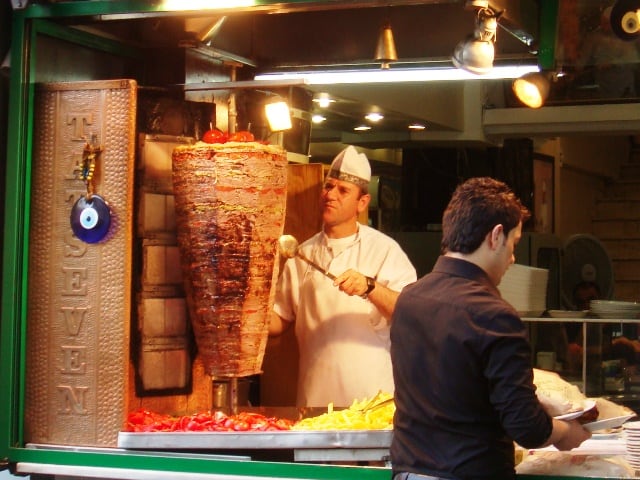
Image sourced from Wikimedia Commons
Today, the most popular kebab is probably the ‘Döner kebap’ — the rotating variety that’s sliced and eaten in a bun — that’s popular all over the world! Popular names such as ‘Adana kebab’, ‘Urfa kebab’ and other variations, some wrapped in thin flatbread called lavaş come from their particular cities — Adana and Urfa.
Typically, a clay oven, a grill and a regular oven are often used to make all kinds of kebabs. Ground meat is usually mixed with minced onions, parsley and spices. Shish or skewer kebabs of chicken or lamb are also popular, and cooked on their own in Turkey, rather than with vegetables.
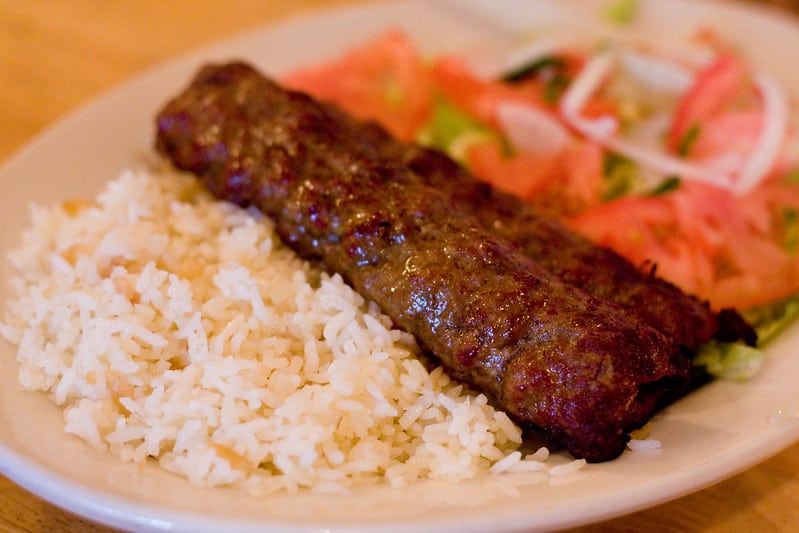
Image sourced from Flickr
Special clay/terracotta pots and dishes can sometimes be used, in kebabs called ‘Testi kebab’ from Central Turkey. It’s quite popular with tourists in the restaurants around Sultanahmet. The dish is cooked with vegetables in a pot/jug, bread is used to cover the top of the pot and before serving the dish, it is broken. There’s an air of theatricality involved and it showcases the variety of ways kebabs/meats are cooked in the country.
4. Börek
A popular pastry in Turkish cuisine, börek comes in many shapes and with variety of ingredients. Yufka or phyllo dough is usually used. The dough is rolled with many fillings and sprinkled with sesame, nigella and poppy seeds.

Image sourced from Simit Saray
Minced meat, cheese, potatoes, spinach are usually used to make ‘Rulo börek‘ or rolled pastries (above photo). If it’s shaped in a form of rose, its name is ‘Gul börek‘. Most names either come from the preparation method or the ingredients involved.

Image sourced from Simit Saray
And, there are more varieties such as the boiled variety (displayed above) called ‘Su börek’ where the dough is boiled first. Layers of cheese and parsley are then added in an oven bowl or tray, before cooking it.
Simit Saray is a popular restaurant/bakery that offers these delicious pastries among other things like Simit, so make sure to try them there.
5. Karnıyarık
This dish is a simple oven-cooked dish with ground meat, eggplants, onions and tomatoes. Eggplants are shallow-fried or lightly fried before they are carved open on top. The minced meat mixture is added inside and baked along with garnishes of green peppers and tomatoes
‘Imam Bayildi‘ is the vegetarian version of this dish and literally translates to ‘the imam (Islamic priest) fainted’. Supposedly, there are a few rumours associated with the origins of this comically named dish. The priest loved it so much, he fainted — that’s the most obvious version of the story. Another version claims that when the priest found out about the huge amounts of (expensive) olive oil that this dish required, he fainted.
Both dishes are quite popular in Turkish households and are enjoyed with rice.
6. Kuzu Tandir
This dish comprises lamb baked to perfection in a clay oven. Cooked all over the world in a now popular clay oven called ‘Tandoor’, it is enjoyed in many countries of the Middle East, South Asia and Central Asia.
In Turkey, the use of ‘tandır’ was typically a pit in the ground cooking method, popular in Konya, Central Turkey. The lamb is suspended and left to roast for hours after marinated with rosemary, dried thyme, chilli pepper and garlic. Today, more practical methods are utilized, but the meat is cooked for at least 2-3 hours. Once done, the meat just melts off the bone and can be enjoyed with rice.
7. Edirne Ciğer Tava
If you’re visiting Edirne in Thrace or European side of Turkey, then make a pit stop and try the city’s delicacy called ‘Edirne Ciğer‘ or fried liver. The thinly sliced and battered beef/calf liver is deep-fried in oil and served with hot pepper sauce. Side dishes include fried dry red chilli peppers, onions, pickles and salad.
In Edirne, the best place for this is Aydin Tava Ciğer. There’s usually a long line to get in but the wait is worth it!
8. Iskender Kebap
A very popular dish out of Bursa, Iskender kebab translates to ‘Alexander Kebab’ and is named after the person who invented it.
Thin slices of cut döner kebab are served on top of a bed of pita bread. Then, it’s topped with a tomato paste and a melted butter sauce. It’s enjoyed with a dollop of yoghurt and grilled long green peppers!
If you want to take a day trip out of Istanbul, then a trip to Bursa should be on your list. Visit the holy places and have some Turkish coffee at the old Koza Han but make sure to visit the Iskender Historical Mavi Dukkan on Atatürk Avenue. There’s usually a long wait for this place, you can even see the crowds if you search it up on Street View on Google Maps!
9. Et Kavurma
A Turkish version of a stir-fry, meat called ‘et‘ in Turkish is braised in its own fat on high heat. Spicy chilli peppers, onions and tomatoes are added, but not always. The preparation of the meat requires skills, to avoid making the meat chewy and inedible. A special shallow pan with two handles used for making this dish is called ‘Saç‘. Meats made this way are called ‘Saç Kavurma‘.
Places specializing in meat dishes such as ‘Kofteci’ (meatball sellers) or ‘Kebapci’ (kebab sellers) do offer them. Sometimes, small shops specializing in just ‘Kavurma’ can be found in big cities.
10. Barbunya Pilaki
Olive oil-based dishes are a staple diet in Western Turkey, especially in the coastal areas of Izmir and Bodrum provinces.
Cuisine from the neighbouring islands of the Aegean/Mediterranean, previously also inhabited by Turks before the Greco-Turkish war and the 1924 population exchange, are quite popular as Cretan cuisine or ‘Giritli Mutfagi‘. The liberal use of olive oil, herbs, seafood and lamb is a distinct feature of this type of cuisine.
Barbunya Pilaki is one of these olive oil dishes. It’s a simple olive oil dish made with Barlotti beans, onions, carrots, tomato sauce and seasonings. It’s usually served cold or you can try it warm on a cold winter day.
Planning a trip to Paris ? Get ready !
These are Amazon’s best-selling travel products that you may need for coming to Paris.
Bookstore
- The best travel book : Rick Steves – Paris 2023 – Learn more here
- Fodor’s Paris 2024 – Learn more here
Travel Gear
- Venture Pal Lightweight Backpack – Learn more here
- Samsonite Winfield 2 28″ Luggage – Learn more here
- Swig Savvy’s Stainless Steel Insulated Water Bottle – Learn more here
Check Amazon’s best-seller list for the most popular travel accessories. We sometimes read this list just to find out what new travel products people are buying.

